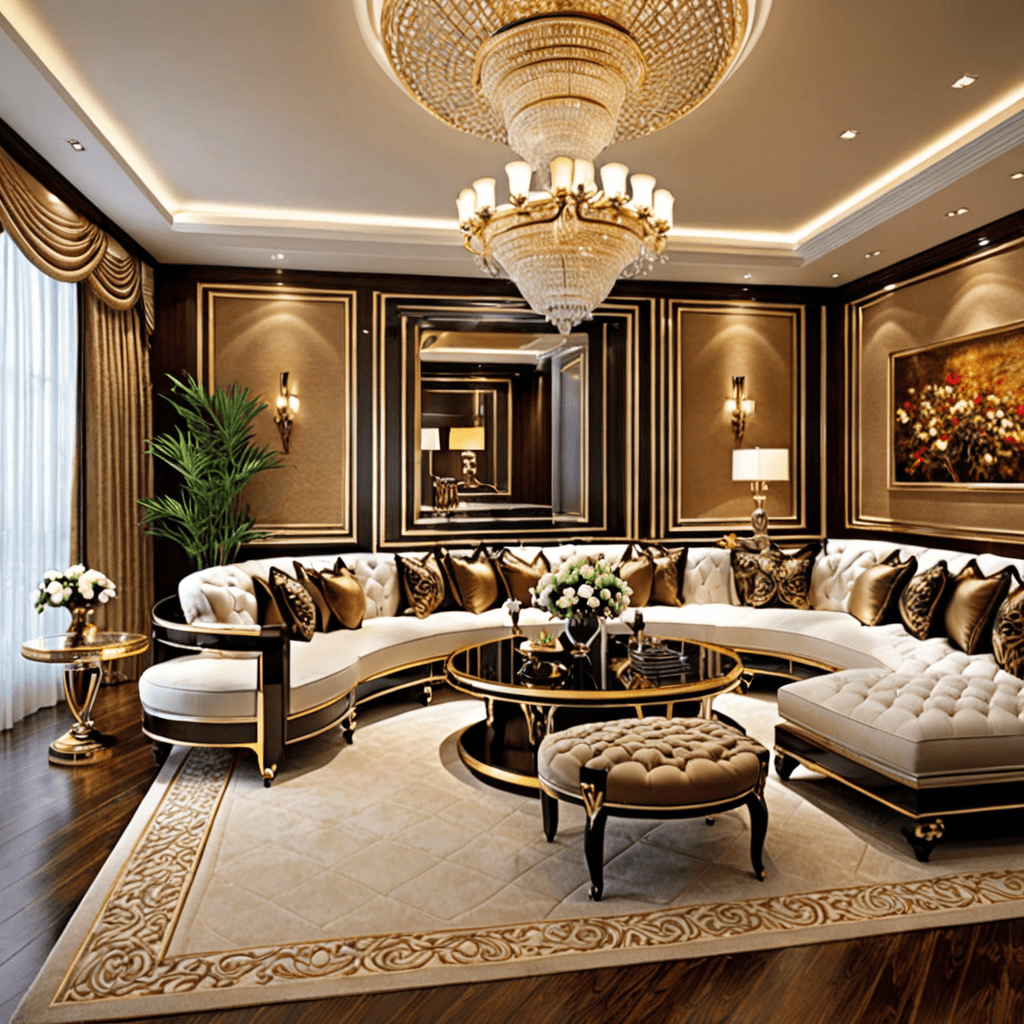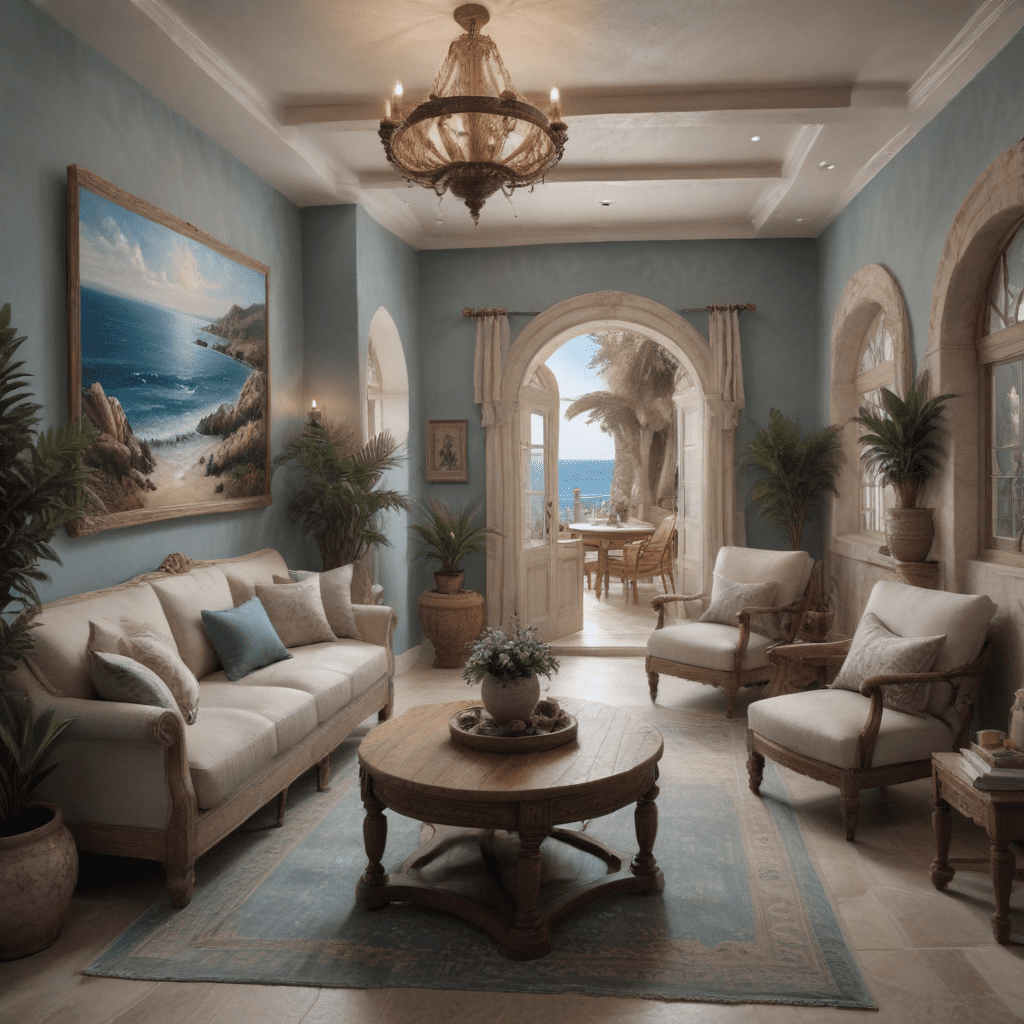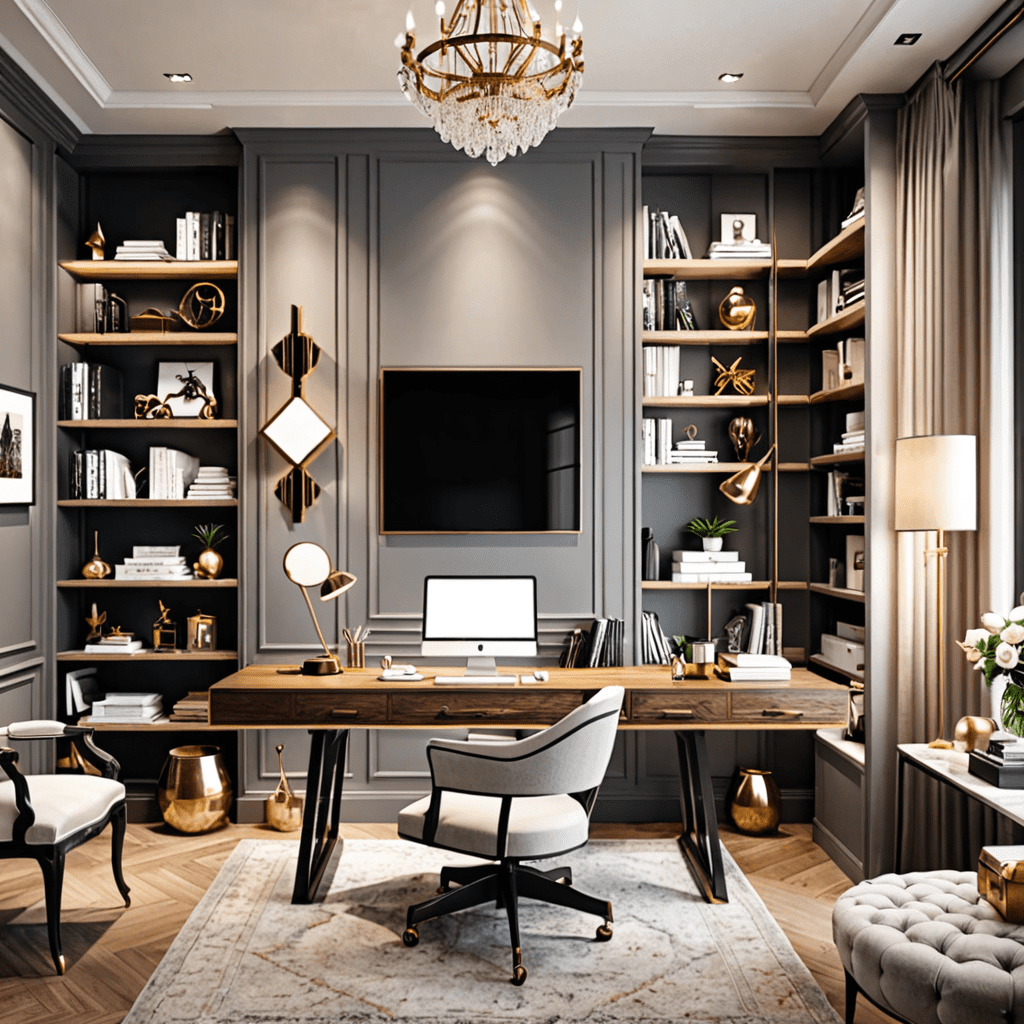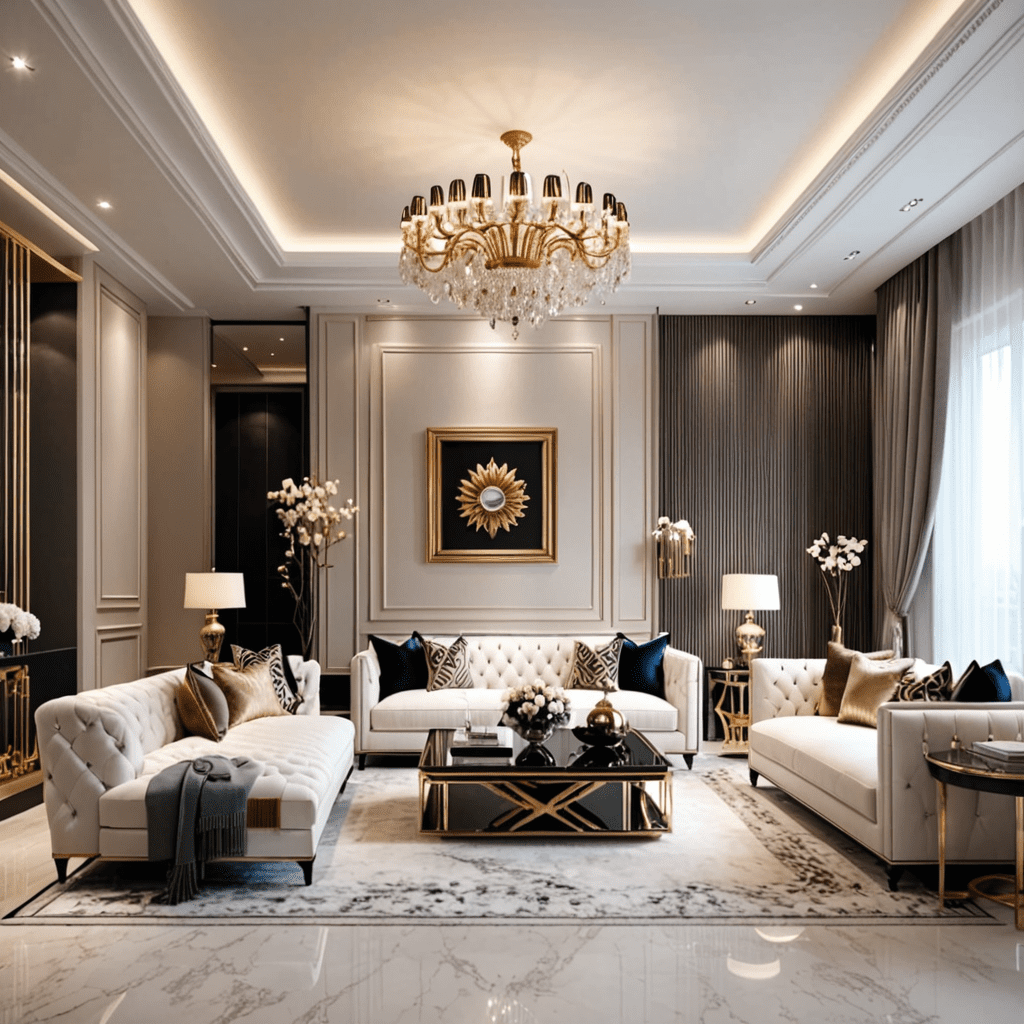Modern Tribal: Geometric Patterns in Global Window Treatments


Foundational Concepts: Exploring Tribal Origins
Tribal art, with its rich tapestry of patterns and symbols, has captivated civilizations for centuries. Its origins lie in ancient communities, where artisans used their surroundings and cultural beliefs to create meaningful designs. Tribal patterns often draw inspiration from nature, incorporating elements like animals, plants, and celestial bodies. These designs served not only as decoration but also as a means of storytelling, embodying cultural traditions and beliefs. By delving into the foundational concepts of tribal art, we can appreciate the deep-rooted connection between patterns and cultural identity.
Global Influences: Weaving Threads of Cultures
The global nature of trade and cultural exchange has resulted in a captivating blend of tribal patterns. As civilizations interacted, artistic influences intertwined, giving rise to a rich tapestry of designs. From the intricate henna patterns of North Africa to the bold geometric textiles of Southeast Asia, tribal influences have left an indelible mark on cultural expression worldwide. Exploring these global influences allows us to appreciate the dynamic evolution of tribal patterns, as they have adapted and been reinterpreted to reflect the unique identities of different regions.
Geometric Patterns: Deciphering Symbols and Meanings
Geometric patterns form the cornerstone of tribal art, conveying a profound symbolism that transcends cultural boundaries. Straight lines, angles, and curves interact to create powerful visual languages. Triangles represent stability and strength, while circles symbolize unity and the cycle of life. Zigzags often depict water or lightning, while dots and dashes evoke celestial bodies or earthly elements. By understanding the meanings behind these geometric patterns, we gain a glimpse into the beliefs and values held by ancient cultures.
Modern Interpretations: Contemporary Embellishments
In recent years, there has been a revival of interest in tribal patterns, as contemporary designers incorporate them into modern interiors. These patterns have evolved to reflect current trends, blending traditional elements with contemporary aesthetics. Bold colors and graphic designs create a dynamic balance, while the use of new materials like acrylic and metal adds a modern touch. Modern interpretations of tribal patterns offer a fresh perspective on this ancient art form, making it relevant to contemporary design sensibilities.
Architectural Accents: Enhancing Windows with Patterns
Windows serve as a key architectural feature, and tribal patterns can be used to enhance their visual appeal. Curtains, blinds, and window treatments adorned with tribal motifs can transform a room's atmosphere. Geometric patterns in neutral tones can create a subtle yet sophisticated backdrop, while vibrant colors and bold designs can make a dramatic statement. By incorporating tribal patterns into window treatments, we can add a touch of cultural flair and bring the beauty of ancient art into our modern living spaces.
Textile Exploration: Fabric Choices and Embroideries
The choice of fabrics and embroidery techniques plays a crucial role in bringing tribal patterns to life. Natural fibers like cotton, linen, and wool lend an earthy authenticity, while synthetic materials offer durability and versatility. Embroidery techniques vary widely across cultures, from intricate beadwork and appliqué to colorful tassels and fringes. By exploring different textile options, designers can create window treatments that embody the spirit of various tribal traditions.
Color Theory and Pigmentations: Vibrancy and Nuances
Color holds immense significance in tribal art, with each hue carrying specific meanings and associations. Bold, vibrant colors like red, orange, and yellow often represent energy, passion, and fertility. Earthy tones like brown and green evoke nature and stability, while cooler shades of blue and purple convey tranquility and wisdom. Modern window treatments draw inspiration from this rich color palette, creating captivating designs that evoke a sense of history and cultural diversity.
Combining Patterns: Harmonizing Diverse Motifs
Tribal patterns are often characterized by their distinctive combinations of geometric designs. The key to successful pattern mixing lies in finding a balance between contrasting and complementary elements. Complimentary colors and harmonious shapes create a cohesive look, while contrasting patterns add visual interest and depth. By skillfully blending diverse motifs, designers can create window treatments that are both visually striking and culturally resonant.
Styling Modern Tribal: Integrating Patterns into Decor
Incorporating tribal patterns into modern interiors requires a thoughtful approach. To create a harmonious balance, pair tribal window treatments with neutral furnishings and clean lines. Natural materials like wood, stone, and leather complement the earthy essence of tribal patterns. Accessories with ethnic influences, such as woven textiles, ceramic vases, and tribal masks, can enhance the overall theme. By carefully integrating tribal patterns into the decor, designers can create a sophisticated and eclectic space that celebrates cultural diversity.
Current Trends and Innovations: Evolution of the Style
Modern tribal patterns continue to evolve, reflecting contemporary design trends and technological advancements. Designers experiment with digital printing techniques to create intricate and unique patterns. Sustainable materials and eco-friendly dyes are gaining popularity, aligning with the growing emphasis on environmental consciousness. The fusion of tribal motifs with abstract art and modern aesthetics results in innovative window treatments that push the boundaries of traditional design and cater to the evolving tastes of homeowners.
FAQ
Q: How can I incorporate tribal patterns into my home decor without overwhelming the space?
A: Opt for subtle patterns in neutral tones to create a balanced and cohesive look. Incorporate tribal-inspired accessories sparingly to enhance the theme without overpowering the overall design.
Q: What are some popular geometric patterns commonly found in tribal art?
A: Triangles, circles, zigzags, dots, and dashes are common geometric patterns that carry specific meanings and associations in different cultures.
Q: How do I choose the right colors for tribal-patterned window treatments?
A: Consider the symbolism and cultural significance of colors in tribal art. Vibrant hues like red, orange, and yellow evoke energy and passion, while earthy tones like brown and green represent stability and nature.




